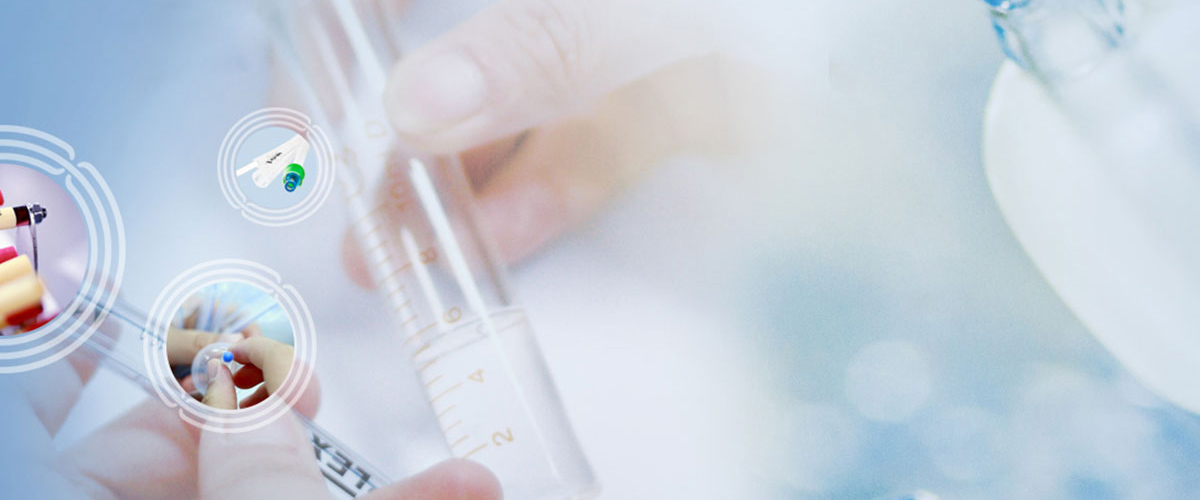Angiography is a method of interventional detection that injects contrast agent into the blood vessels to make them visible under x-ray. This enhances the diagnostic capability of this image modality. Angiography is a kind of auxiliary examination technology. In the modern age, angiography is widely used in the diagnostic armamentarium of various clinical diseases, which helps doctors timely detect disease, control progress, and effectively improve overall survival rate.
In spite of the effectiveness of angiography, this modality remains an invasive procedure with its accompanying risks. Dangerous and life-threatening allergic reactions can occur. Stachial anaphylaxis in the form of pruritus, urticarial, angioedema, bronchospasm, hypotension, and syncope are common and possible death from these reactions cannot be ignored. Most of these will respond to adrenaline and antihistamine. Another form of delayed anaphylaxis can also occur between 1 to 3 days after injection of contrast agent with the main manifestations in the form of pruritus and urticaria.
The most commonly used angiography agent is iodine reagent. Carbon dioxide can be a good substitute in the rare case that there is a contraindication. The operation for angiography is performed under a sanitary environment with nurses and doctors present. A fine needle is inserted into the artery after local anesthesia in the groin. A guidewire is then inserted into the blood vessel in order to navigate to the desired location whereupon a catheter is then positioned to deliver the contrast agent. After removing the catheter, doctors use bandage and dressing to bind the puncture site for hemostasis.



